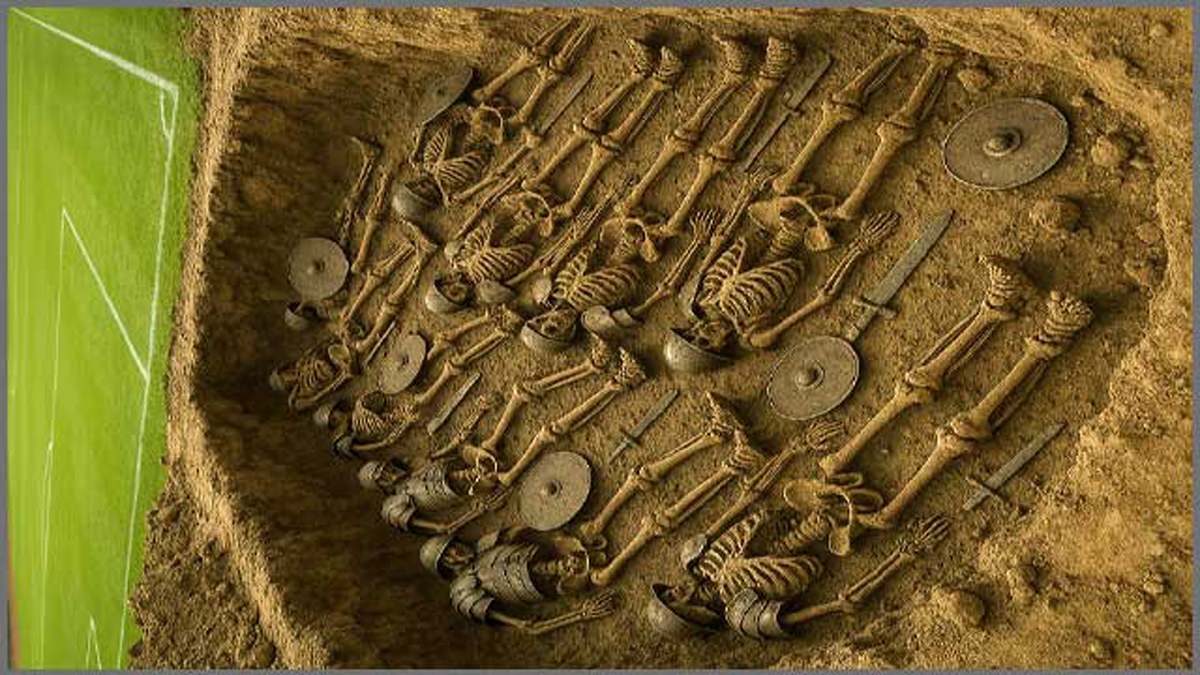Shatial & Raikot Bridge Rock Art: Ancient Pakistan History
Description: Uncover one of the world’s largest collections of ancient rock art between Shatial and Raikot Bridge. Explore petroglyphs and inscriptions from the 9th century BC to the 16th century AD.
Unveiling a Hidden History: The Ancient Rock Art Between Spatial and Rajkot Bridge Nestled along the majestic Indus River in Pakistan lies an open-air museum of unparalleled historical significance, a massive outdoor gallery stretching between the transit station of Spatial and the Rajkot Bridge. Often unnoticed by the casual traveler, this region holds a staggering collection of over 50,000 rock carvings and 5,000 inscriptions, a testament to millennia of human presence and cultural exchange. From the 9th century BC to the 16th century AD, these historical carvings in Indus River, Pakistan, offer a unique window into the past, just waiting to be explored and appreciated.
Imagine traversing a landscape where every rock face tells a story. This is the reality between Spatial and Rajkot Bridge, a treasure trove of ancient rock carvings from Shatial to Rajkot Bridge, Pakistan. For over two millennia, travelers, merchants, and inhabitants have left their mark on these stones, creating an invaluable record of their lives, beliefs, and interactions. The sheer volume of petroglyphs and inscriptions in the Indus River Valley is breathtaking, representing a continuous narrative across different eras and cultures.
The earliest evidence of artistic expression in this region dates back to the 9th century BC, making it a site of immense archeological importance. This 9th century BC rock art in Pakistan, often characterized by its primitive yet powerful imagery, offers insights into the early inhabitants and their way of life. What makes this site even more compelling is the relatively low competition for research and recognition compared to other major archeological sites, presenting a unique opportunity for discovery.
The Spatial Bridge itself holds particular significance, with more than 1000 inscriptions and 700 petroglyphs documented at this location alone. Notably, ancient Iranian inscriptions on the Spatial Bridge have been found, left behind by merchants who traversed this route centuries ago. This highlights the area’s crucial role as part of the ancient Silk Road heritage, connecting East and West through trade and cultural exchange. The Rock Art Gallery between Spatial and Raikot served as a silent witness to the flow of goods, ideas, and people across continents.
As one moves towards the Rajkot Bridge area, the density of these historical markings continues, with many Undiscovered inscriptions in the Rajkot Bridge area still waiting to be fully documented and interpreted. The styles and themes of the carvings and inscriptions evolved, reflecting the changing cultural and religious influences that swept through the region. From early symbolic representations to Buddhist iconography and later Islamic inscriptions, the rocks bear witness to the diverse tapestry of history.
The sheer scale of this outdoor gallery, brimming with Rock carvings dating from 9th century BC to 16th century AD Pakistan, underscores its global significance. Yet, despite its historical richness, this area remains somewhat under the radar in mainstream archeological discourse. This presents a unique opportunity for researchers and enthusiasts alike to delve into a relatively untapped source of information about the past. The low competition keywords ancient Pakistan art truly reflect the potential for groundbreaking discoveries in this remarkable location.
Efforts are underway to document and preserve this invaluable heritage. Archeological teams, including collaborations between Pakistan and Germany, have been working to record and analyze these ancient markings. However, the threat of development, such as the construction of hydropower projects, looms large, making the urgent need for further research and conservation even more critical.
Finally, the region between Spatial and Rajkot Bridge stands as an extraordinary testament to human history. Its vast collection of ancient rock carvings and inscriptions offers a tangible link to millennia past, providing invaluable insights into the cultures, beliefs, and interactions of the people who once inhabited this strategic crossroads. This massive outdoor gallery, rich in history and relatively untouched by extensive research, truly represents a hidden gem waiting to be fully noticed and appreciated for its profound historical significance.
_____________________________________________________________________________
“Looking for ancient rock art in Pakistan? You can find a major site with over fifty thousand carvings and five thousand inscriptions between Shatial and Raikot Bridge in northern Pakistan. This area is located along the upper Indus River and the Karakorum Highway.
“What is Shatial known for? Shatial is a town on the Karakorum Highway with significant archaeological value. Near Shatial Bridge, you can see over one thousand inscriptions and seven hundred petroglyphs. Some of these inscriptions were left by Iranian merchants.
“Tell me more about the rock carvings near Shatial. This region, sometimes called the Shatial Rock Art Carving or Petroglyphs site, includes famous Buddhist archaeological sites between the Tangir and Darel Valleys. These ancient images and writings line pathways connecting South and Central Asia and are part of the Silk Road heritage.”
